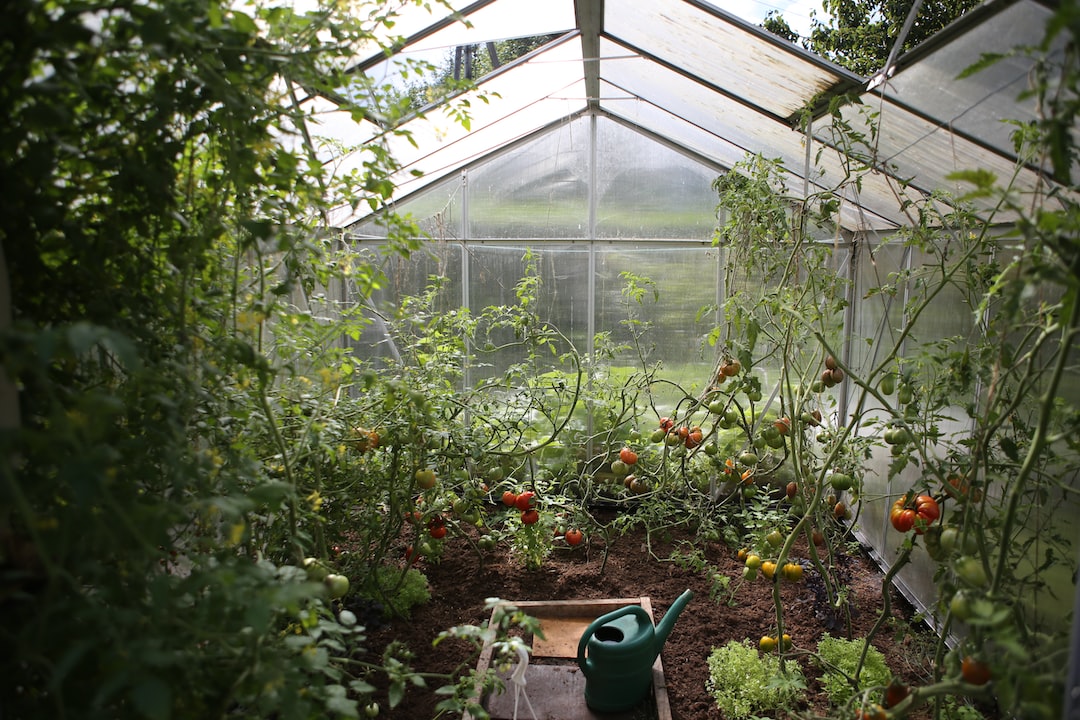Tips for Growing Beautiful Roses
Roses are undoubtedly one of the most beloved and sought-after flowers in the world. Their stunning beauty and intoxicating fragrance make them a favorite among gardeners and flower enthusiasts. However, growing roses can be a bit challenging for beginners. If you’ve been struggling to grow beautiful roses, fret not! In this blog post, we will provide you with some essential tips that will help you achieve the stunning rose garden you’ve always dreamed of.
1. Choose the Right Varieties:
When it comes to roses, it’s crucial to choose the right varieties based on your climate, soil conditions, and personal preferences. Some roses thrive in warmer climates, while others are more resilient in colder regions. Additionally, consider whether you prefer compact or climbing roses, or if you have a color preference. By selecting the proper varieties, you increase the chances of success right from the start.
2. Provide Adequate Sunlight:
Roses are sun-loving flowers, and they require a minimum of six hours of direct sunlight each day to flourish. Ensure that you choose a site in your garden that receives plenty of sunlight throughout the day. Lack of sunlight can lead to weak growth, increased susceptibility to diseases, and fewer blooms.
3. Proper Soil Preparation:
Roses thrive in well-draining, loamy soil with a slightly acidic pH range of 6 to 6.5. Before planting, prepare your soil by enriching it with organic matter such as compost or well-rotted manure. This will improve the soil structure, drainage, and nutrient content, providing a healthy foundation for your roses to grow.
4. Watering Techniques:
Proper watering is essential for the growth and health of your roses. It is best to water roses deeply but infrequently. Apply water directly to the base of the plant, avoiding getting the leaves wet, which can lead to diseases. Watering in the early morning allows the leaves to dry effectively, decreasing the chances of fungal infections. A layer of mulch around the base of the rose bushes helps retain moisture and suppresses weed growth.
5. Pruning for Optimal Growth:
Regular pruning is crucial to maintain a healthy and attractive rose bush. Prune in early spring before new growth emerges, removing dead or damaged wood, as well as crossing branches. This improves air circulation and sunlight penetration, reducing the risk of diseases. Additionally, by pruning, you can encourage the growth of more robust stems, resulting in larger and more beautiful blooms.
6. Fertilization:
Roses are heavy feeders and require regular fertilization throughout the growing season. Use a balanced granular rose fertilizer or compost to provide essential nutrients. Apply the fertilizer according to the package instructions and avoid over-fertilizing, as it can lead to excessive lush growth susceptible to pests and diseases.
7. Pest and Disease Management:
Like any other plant, roses are prone to various pests and diseases. Keep a close eye on your roses and promptly address any signs of infestation or disease. Regularly inspect the leaves, stems, and blooms for pests like aphids, spider mites, or black spot fungal disease. Consider using organic pest control methods or environmentally friendly treatments to protect your roses without harming beneficial insects.
8. Support and Training:
If you have climbing roses or varieties with heavy blooms, providing support is essential. Install trellises or stakes to help the roses grow in the desired shape and prevent them from drooping or falling over. Tie the stems gently to the support structure, allowing them to grow upwards and ensuring proper air circulation.
9. Enjoy Regular Deadheading:
Deadheading, the process of removing spent blooms, is essential to encourage continuous blooming in roses. Regular deadheading not only keeps your roses looking clean and attractive but also redirects the plant’s energy into producing more flowers rather than wasting it on seed production.
10. Winter Protection:
In regions with harsh winters, it is crucial to protect your roses from the cold temperatures and frost. Apply a layer of mulch around the base of the rose bush to insulate the roots from freezing. You can also place a protective cover over the plant or tie the canes together and wrap them with burlap for added insulation.
By following these essential tips, you can significantly increase your chances of growing beautiful roses. Remember, patience, dedication, and a little TLC go a long way when it comes to cultivating these exquisite flowers. So, get your gardening gloves on and start creating the rose garden of your dreams!

